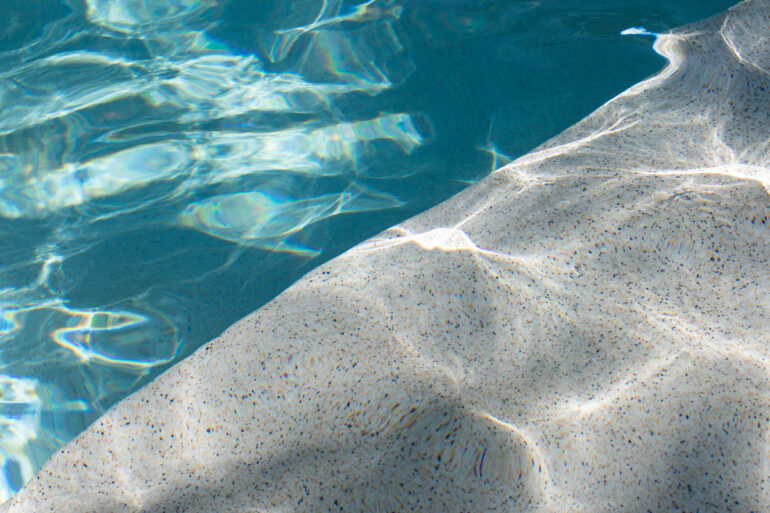Cleaning Versus Disinfecting
Knowing the difference is key

As a certified pool operator instructor and consultant, I’ve spoken to countless CPOs over the years who lack an understanding of cleaning and disinfecting swimming pools. These knowledge gaps may be putting your facilities and customers at risk.
As a pool service technician, you may not feel responsible for cleaning common areas like the pool deck, changing rooms, showers, etc. However, many technicians don’t realize some jurisdictions call for a facility sanitation plan directly within public pool regulations as a means of mitigating water contamination and recreational water illnesses.
If you are the CPO of record for a site, it is your responsibility to oversee sanitary maintenance of the facility, unless otherwise delegated. Are you and your team doing enough to prevent a bacterial outbreak in areas beyond the pool basin itself?
When thinking about sanitation, there’s often confusion as to whether an area like the pool deck needs to be cleaned or disinfected. The answer is both, but it’s also important to understand the differences between the two functions.
Think of cleaning as removing dirt you can see, whereas disinfection is inactivating (killing) germs you can’t see. For example, I clean up the physical traces of muddy footprints on the pool deck with a mop so there’s no visible mess, whereas I disinfect invisible E. coli bacteria (from animal feces in the mud) by using a disinfectant with a contamination time (CT) value sufficient to inactivate the biological hazards.
The customer might be happy that the pool deck appears clean, but the bacterial hazard remains if both cleaning and disinfection did not occur.
There is a mistaken belief that the chlorine (disinfectant) in pools kills everything immediately on contact, and that is simply not the case; it very much depends on the CT value. When a tech takes a bucket of chlorinated pool water and throws it onto the pool deck, they might think they are “cleaning” the pool deck. The reality is they are only rinsing physical debris; there is not sufficient CT value to inactivate bacteria on the pool deck. For example, according to the Pool & Hot Tub Alliance 2022 Pool & Spa Operator Handbook, the CT value of chlorine at 1ppm for hepatitis A is 16 minutes of continuous exposure. A few minutes of wet pool deck does not effectively achieve that disinfection standard.
Techs often only have access to cold or premixed (lukewarm) water in the hose bibbs on pool decks. Rinsing a pool deck with water well below an effective disinfecting temperature of 110 to 120 degrees also does not help to control bacteria. Add to that, many industrial cleaning and disinfecting products are not designed to be mixed with cold water, and they are not as effective when not used in accordance with the manufacturer’s recommendations.
Techs have concerns that commercially available cleaning and disinfection products will run off into the pool basin and create ammonia. Effective disinfection around the pool area can be as simple as using diluted chlorine.
Lauren Broom, former public health inspector for the state of Florida and owner of Space Coast Pool School, recommends following CDC guidance for cleaning and disinfecting “when there is nothing specified in local swimming pool health codes.”
Broom adds that cleaning is not just about dirt and bacteria, but also hazards generated by wet surfaces in areas that could breed algae, mosquitos and slippery conditions that can result in a fall.
In pool operations, we spend so much time focused on possible bacterial outbreaks in the pool water to the exclusion of understanding the risks of bacterial outbreaks elsewhere.
Cleaning and disinfection should be built into opening and closing procedures that are proactive, not reactive.
Summary of recommendations:
• Follow product labels for safe use, including personal protective equipment if necessary.
• Review product literature to understand product application, correct dilution and CT value.
• Schedule cleaning before the operating period so products can be applied to surfaces that have completely air dried.
• Allow products to sit for an extended period to maximize disinfection.
• Use the hottest water you can safely access to supplement the disinfecting capacity of products.






